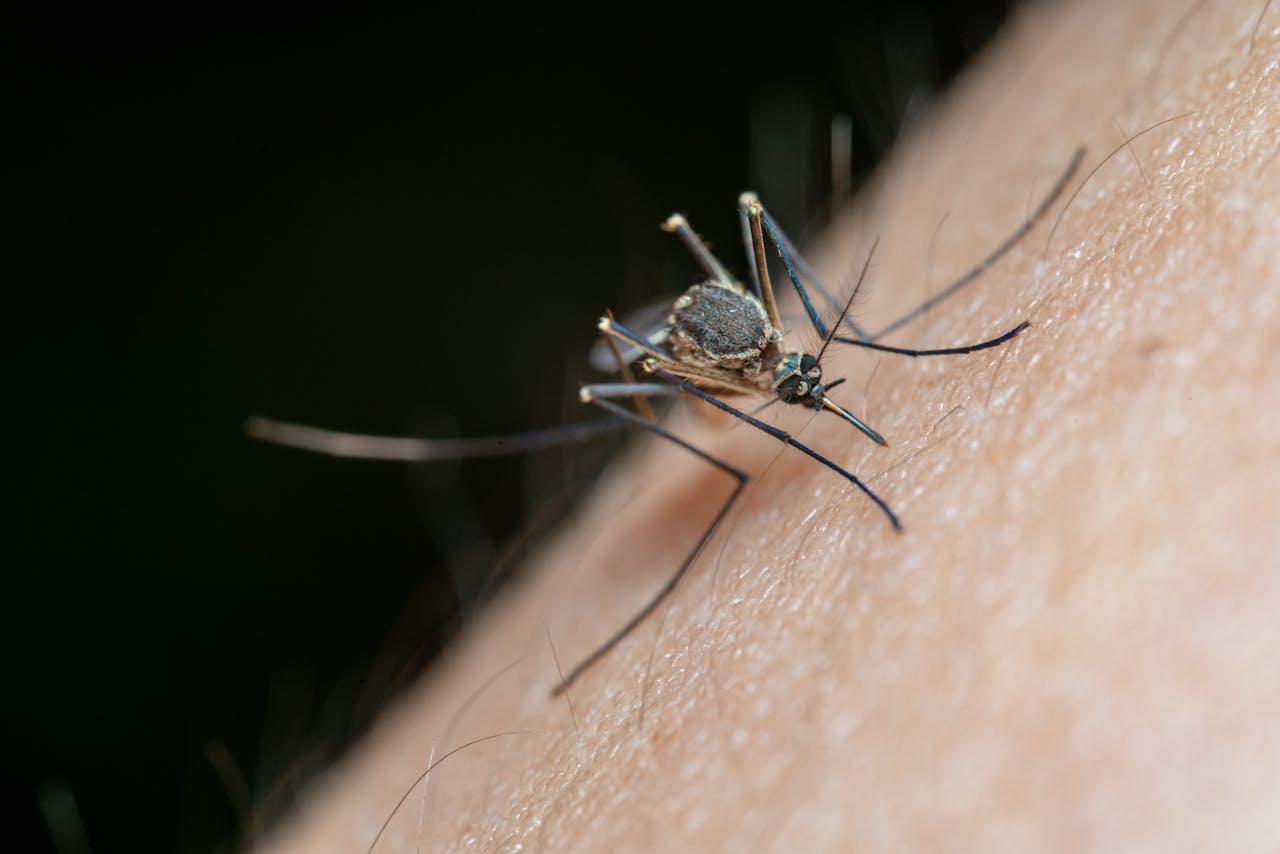In the past few years, Las Vegas has gained recognition not only for its vibrant entertainment, casinos, and swift urban growth but also for a less appealing challenge that is gradually increasing: the escalation in mosquito numbers. What used to be seen as a small annoyance in the desert environment has evolved into a significant public health issue, influenced by ecological changes, urbanization, and alterations in weather conditions that have made the area more welcoming to these bugs.
The presence of mosquitoes in desert cities may sound counterintuitive. Las Vegas is located in the Mojave Desert, an area characterized by hot, dry conditions and scarce rainfall. Traditionally, these factors limited the ability of mosquitoes to thrive. However, the expansion of residential neighborhoods, artificial lakes, golf courses, and irrigated landscapes has created microenvironments where standing water accumulates. These conditions, combined with rising temperatures, offer mosquitoes the resources they need to reproduce in increasing numbers.
Public health officials have noted a gradual but consistent rise in mosquito activity in Clark County over the last decade. While occasional outbreaks were reported in the past, the issue has become more persistent, with monitoring stations recording higher mosquito counts each year. In addition, new species that were once uncommon in the region have been detected, raising concerns about the potential introduction of vector-borne diseases that historically had little presence in southern Nevada.
The expansion of mosquitoes into city areas underscores an increasing difficulty in harmonizing urban growth with ecological management. Yards, swimming pools, ornamental fountains, and drainage infrastructure may inadvertently function as breeding grounds. Even minor volumes of standing water left in containers, gutters, or discarded materials can turn into breeding grounds for mosquito larvae. Thus, while extensive infrastructure adds to the issue, domestic behaviors significantly influence mosquito population dynamics.
Another element contributing to the issue is climate change. Extended summers, softer winters, and unpredictable rain patterns have set up an environment conducive to mosquito survival and breeding. Higher temperatures during the night decrease mosquito mortality rates, enabling them to stay active for a longer portion of the year. In certain instances, rain followed by abrupt heat waves speeds up mosquito reproduction cycles, resulting in quick increases in their numbers post-storms.
Health experts warn that the concern goes beyond itchy bites and outdoor discomfort. Mosquitoes are well-known vectors of diseases such as West Nile virus, St. Louis encephalitis, and, in other parts of the world, dengue, chikungunya, and Zika virus. While southern Nevada has not yet experienced widespread outbreaks of these illnesses, sporadic cases have occurred, and the risk grows as mosquito populations expand. With increased international travel and regional mobility, the possibility of imported cases turning into local transmissions becomes more realistic.
Local government agencies and public health departments have responded with enhanced mosquito surveillance programs. Traps are set across Clark County to monitor population density and detect virus activity in mosquito pools. When disease-carrying mosquitoes are identified, targeted spraying is deployed in affected neighborhoods. These measures, while useful in controlling outbreaks, are reactive rather than preventive, highlighting the importance of proactive community participation in reducing breeding habitats.
Community education campaigns emphasize the role of residents in mosquito control. Simple steps such as emptying containers with standing water, maintaining swimming pools properly, and clearing clogged gutters can drastically reduce breeding opportunities. Residents are also encouraged to use insect repellent when spending time outdoors and to wear long-sleeved clothing during peak mosquito activity hours, typically around dawn and dusk. Such measures, though small, collectively have a significant impact on reducing mosquito density in neighborhoods.
Urban planning also plays a role in addressing this growing issue. City planners and developers are being urged to consider drainage systems that minimize stagnant water accumulation, as well as landscaping designs that use less water-intensive features. With Las Vegas continuing to expand rapidly, integrating mosquito management into development strategies is increasingly seen as a necessity rather than an afterthought.
Tourism is crucial for Las Vegas’s economy and could face challenges if mosquito issues are not addressed. Events held outside, musical performances, and dining opportunities are key draws, and any increase in discomfort or health risks related to mosquitoes might change tourists’ experiences. For a city that depends greatly on its image as a secure and pleasurable place, upholding measures to control mosquito populations is an economic necessity as well as an environmental and health priority.
Experts often describe the mosquito challenge in Las Vegas as a “ticking time concern” rather than an immediate catastrophe. The potential consequences are not inevitable but depend on how effectively the community, authorities, and policymakers respond now. By combining individual responsibility with systemic approaches, it is possible to slow the growth of mosquito populations and mitigate health risks before they become unmanageable.
The situation in Las Vegas likewise illustrates wider patterns observed in other arid cities across the globe. Factors like urban growth, climate change, and human activities are transforming ecosystems, creating conditions that support species that were once ill-suited for desert habitats. Understanding how to tailor public health approaches to these evolving scenarios poses a challenge that stretches beyond Nevada, providing insights for other swiftly expanding urban centers dealing with comparable challenges.
The growing mosquito problem in Las Vegas serves as a reminder of the interconnectedness between environment, urbanization, and public health. A city built in the desert has become an unlikely host for insects more often associated with humid climates, proving that human activity can alter ecosystems in unexpected ways. Addressing the issue will require vigilance, adaptation, and cooperation at every level—from households to city planners to state health officials.
As the metropolis expands and attracts millions of guests annually, the significance of maintaining an active strategy cannot be emphasized enough. The future well-being and ease of Las Vegas inhabitants and tourists rely on acknowledging this issue now and enacting steps to shield the community from the inconvenience and possible hazards posed by mosquitoes.

